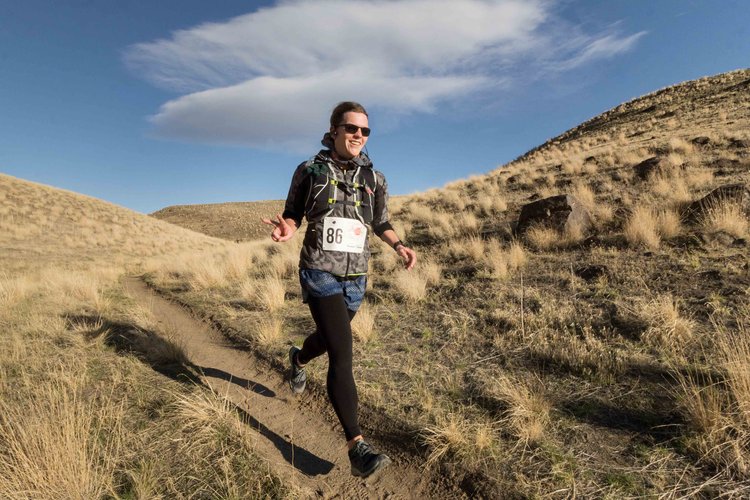If you are interested in being featured in a future MSA student and postdoc spotlight, please fill out this form with your information!

Madeline Lueck is our student spotlight for the month of November! Madeline grew up in East Bay Area, California, and is currently a graduate student at Washington State University, Tri-Cities, working with Dr. Tanya Cheeke.
Tell us about your project!
Have you ever walked into a garden shop and seen those bags of mycorrhizae on the shelf? Well, I am currently researching how those commercial mycorrhizal products and locally adapted AMF influence plant growth in a perennial crop.
Which awards would you like to brag about?
I graduated with honors from Humboldt State University (BS in Botany)
What are your career goals/plans for after you’re done with your current position?
I have always wanted to work for a university extension or a state or federal agency in research related to agriculture or forestry, with an emphasis on mycoremediation and mycorestoration as we face shifts in our global climate. My current position as a MSc student has introduced me to the world of teaching and I find that to be incredibly fulfilling, so that may become a path I choose to pursue down the line.
What is your favorite fungus and why?
One of my favorite fungi is Fistulina hepatica aka beefsteak fungus. Not only does its bright red color add ornamentation to the stumps it grows on, but it also makes a wonderful jerky to enjoy during the Fall.
What is your favorite fact/thing about fungi?
I am amazed by the diverse world of fungi and the multitude of ecological niches they fill, such as serving as decomposers or mutualists. I am also intrigued by the prevalence of mycophobia in our society – it is my hope that by shedding light the ecological roles of fungi and their important uses to humans, those fears can be turned into fascination.
Who is your mycology role model?
Not so much a single role model, but Bay Area Applied Mycology is a group that has worked to make simple tools used in mycology, such as cultivation techniques and access to labs, available to the public. I think their message and goal is awesome, and their presence in the community while l was living in California was a big influence for why I chose to pursue mycology.
Any great stories from field work (funny/interesting/something that stuck out to you)?
After I completed my BS, I worked as a field tech by performing Sudden Oak Death surveys in Northern California. The areas that we worked in were dense with Douglas fir and huckleberry – so dense, that we often had to crawl on our bellies under the huckleberry. While tedious and slow, this belly crawl tactic was the best way to come across those camouflaged Craterellus cornucopioides and C. tubaeformis. Definitely worth the scrapes and ticks!
What do you like to do in your free time? What are your hobbies?
In my free time, I love to explore natural areas through hiking and trail running. I also enjoy screen printing, making crafts, and gardening.
Anything else you’d like to talk about?
I feel so thankful to be able to combine my passions for horticulture and mycology into my research, and I have been very lucky to have the support from some amazing mentors, family, and friends. One of my goals by pursuing biology is make it more accessible to the public through outreach, education, and collaboration. How can we share our knowledge in ways that promote education in mycology beyond the scientific community?


Leave a Reply